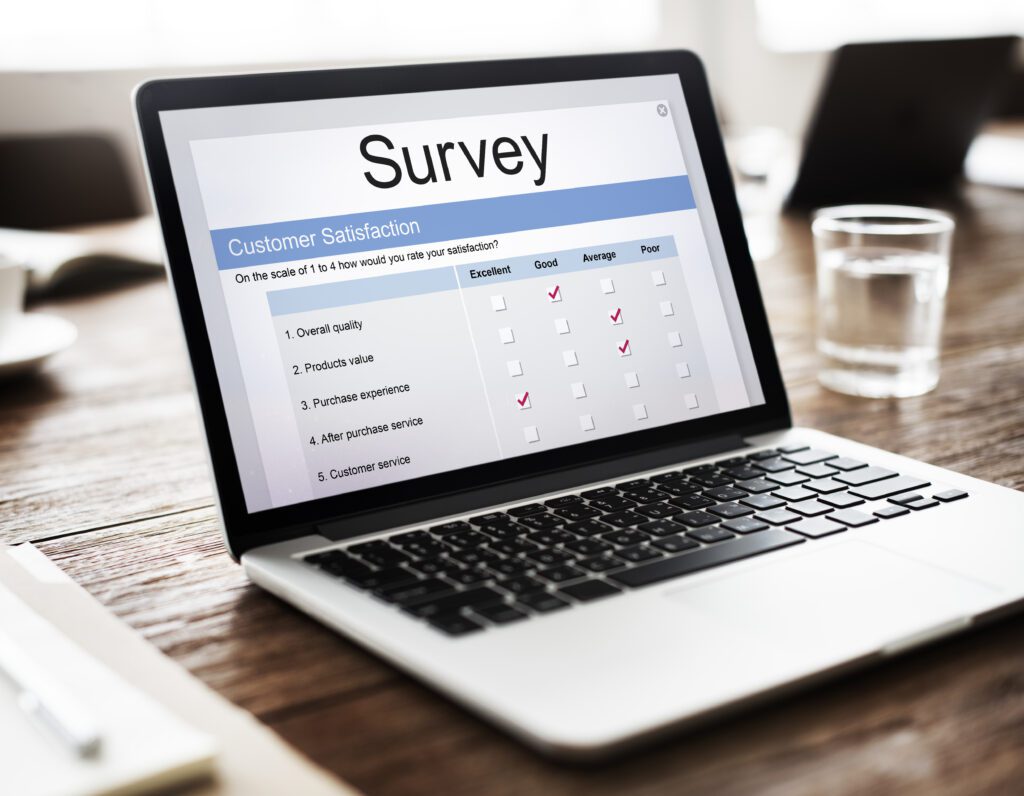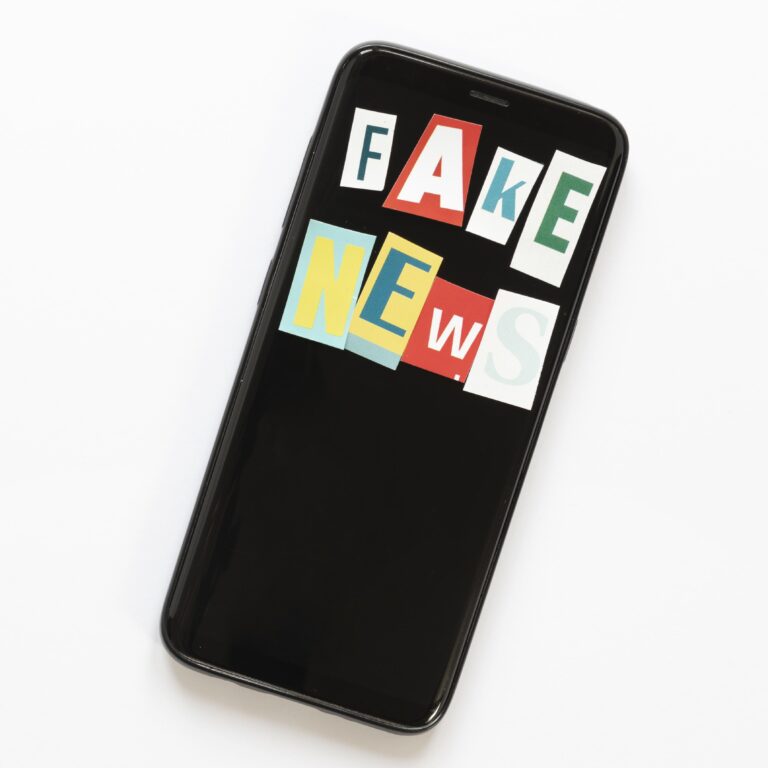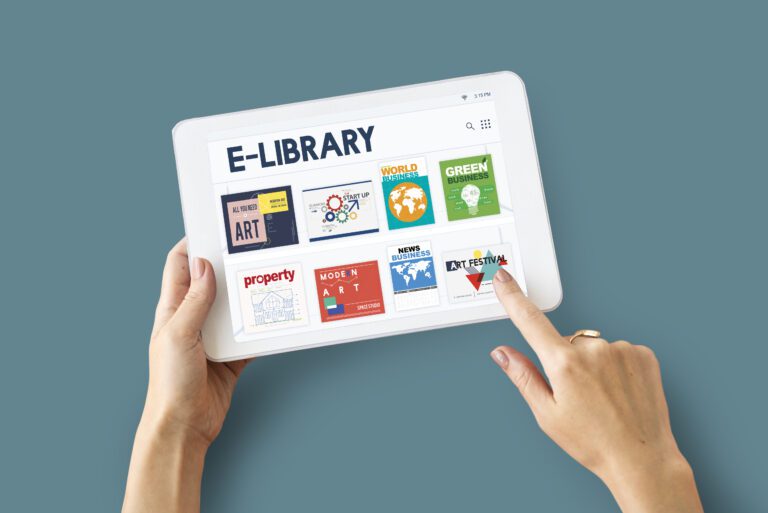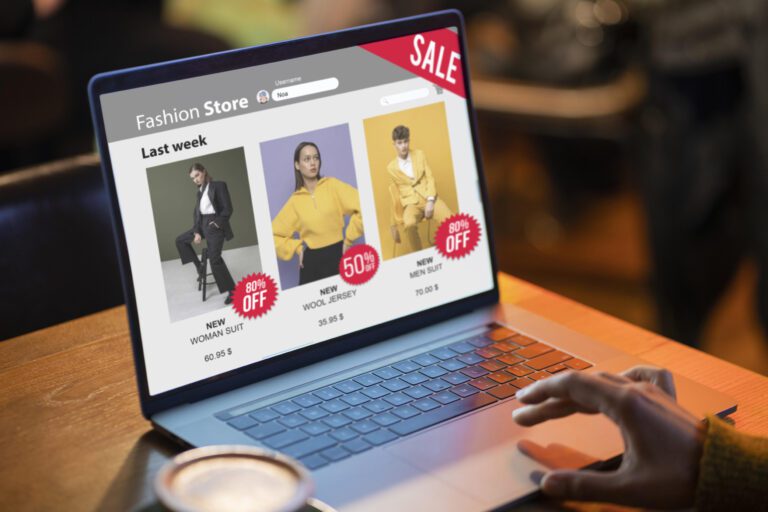Customer Feedback Popups: Collect it Post-Purchase

I hope you enjoy this blog post. If you want Hello Bar to grow your leads, click here.
Author:
Mansi
Published
June 12, 2025

Table of Contents
Most businesses want feedback, but not all of them know how to get it without annoying people.
Surveys get ignored. Emails go to spam. Phone calls feel intrusive. But popups—used right—can do the job without being a pain.
This is about how to actually use a post-purchase popup to collect customer feedback in a way that’s simple, clear, and worth it. No tricks. No fluff. Just real tactics.
First off: why bother with customer feedback popups?
Because feedback is how you figure out what’s broken, what’s working, and what needs fixing before it becomes a bigger mess.
And the moment right after someone buys from you? That’s when they’re most likely to care enough to say something useful.
A post-purchase popup catches them while they’re still thinking about your product, your site, or how smooth—or not—their experience was.
It’s not about being sneaky. It’s about showing up at the right time and asking the right question.
What makes a good post-purchase popup?
It’s not about design. You don’t need animations or fancy colors.
You need:
- One clear question
- One action to take
- One reason to care
That’s it.
Here’s what that might look like:
“Thanks for your order! Quick question: Was anything confusing about the checkout process?”
Two buttons: “Yes” / “No.” If they click “Yes,” a text box pops up.
That’s a solid customer feedback popup. It’s short, it’s honest, and it doesn’t try to sell anything.
The more complicated you make it, the fewer people will respond.
Don’t ask for everything at once
You ever see one of those popups with ten questions in it?
Nobody fills those out. Or worse, they click random answers just to make it go away. Now your data’s trash.
With customer feedback popups, it’s better to ask one thing at a time.
Want to know if shipping was slow? Ask that.
Want to know if the product met expectations? Ask that.
Don’t try to cram six questions into one screen. Break them up, or better yet, pick the one that matters most right now.
Keep it plain. Not polite.
Here’s a mistake a lot of people make: they write like they’re emailing the Queen.
“We’d love your valuable insights to help improve our services.”
Nobody talks like that. If your popup sounds like a formal invitation, people will close it before reading.
Try this instead:
“Hey—mind telling us what went wrong, if anything?”
It’s clear. It’s casual. It’s how real people talk.
Your post-purchase popup isn’t a pitch deck. It’s a conversation starter.
Timing: Don’t ask too soon, don’t ask too late
Customer feedback popups work best when they show up right after the order confirmation, but not while the user is still looking at their cart.
If you hit them while they’re still thinking about what to buy next, they’ll ignore it.
Wait until the thank-you page loads. Or send a popup 5 seconds after the “Order Placed” message shows up.
Don’t delay it for hours. By then, they’ve already moved on. They’re not in feedback mode anymore.
Read this guide too 21 Proven Exit Popup Formulas That Will Increase Conversion Rates
Make it skippable
Yes, you want responses. But forcing people to give feedback just annoys them.
Every post-purchase popup should have a “No thanks” or “Maybe later” button.
No one owes you their opinion. If you respect their time, they’re more likely to come back and give it next time.
And when someone skips your customer feedback popup, that’s still data: maybe your question didn’t hit the right spot.
Use the right format for the question

Different questions need different formats. Use the wrong one, and you get bad info.
Here’s what I mean:
- If you want to know how they felt, use a scale: “How satisfied were you with checkout?” [1–5]
- If you want to know what happened, use yes/no: “Did everything work smoothly?”
- If you want details, use a text box: “What could we do better?”
Don’t use text boxes for everything. Most people won’t write more than a sentence unless they’re really mad or really happy.
So don’t expect essays. Ask like you’d ask a friend.
What to do with negative feedback
Let’s be real: not all feedback will feel good. Some people will call your site clunky. Some will say shipping sucked. Some will just leave a grumpy face and dip.
That’s fine. The point of customer feedback popups isn’t to feel good. It’s to catch problems while you can still do something about them.
If someone mentions a bug, fix it.
If someone says the product page confused them, rewrite it.
If five people complain about shipping, talk to your courier.
Don’t just collect feedback. Use it.
Should you give an incentive?
Maybe.
If you’re not getting enough responses, try giving a small reason to respond.
Not 20% off. Not a $10 voucher.
Something like:
“Got 10 seconds? Help us out and get a free shipping code for next time.”
It doesn’t have to be big. Just enough to show you value their time.
But don’t overdo it. If you offer too much, people will fill out customer feedback popups just to get the reward—not to actually say something useful.
And then your data’s junk again.
Real examples that actually worked
- Outdoor gear brand:
Used a post-purchase popup to ask:
“Was our sizing guide helpful?”
Found that 30% of returns came from people who answered “No.” So they rewrote the guide. Returns dropped. - SaaS tool:
Right after signup payment, popup asked:
“What made you decide to try us?”
Answers helped shape their homepage copy. They doubled trial conversions later. - Ecommerce site selling tea:
Popup asked:
“How did you hear about us?”
Learned that a specific YouTuber was sending a lot of traffic. They partnered with her. Sales spiked.
All of those insights came from a simple customer feedback popup. No fancy UI. No long surveys. Just asking the right thing at the right time.
Common mistakes to avoid
Let’s go through the stuff that kills your chances of getting real feedback:
- Popup appears too early: Asking before checkout is done. Wait for the confirmation page.
- Asking too much: Nobody’s going to fill out ten fields right after buying something.
- Boring language: If your question sounds like corporate talk, it’ll get ignored.
- Not testing the popup: Sometimes your popup doesn’t load properly on mobile or slows down the page. Check that.
- Ignoring the feedback: If someone takes time to write a paragraph and you don’t read it? That’s on you.
Where to place the popup
Technically, it’s post-purchase—so the thank-you page is your best bet.
But you can also try:
- A delayed popup 5–10 seconds after checkout
- A small slide-up on the order confirmation screen
- A popup that appears when they scroll down on the order summary
Just make sure it doesn’t cover important info like order number or receipt.
Also: if you’re sending receipts by email, you can include a link to a feedback popup there too. Not everyone will click it, but some will.
Don’t use customer feedback popups for reviews
This is important.
A post-purchase popup should ask for feedback—not public reviews.
Why?
Because the goal here is to improve things, not beg for stars.
If someone had a bad experience, let them vent privately. Don’t shove them toward Google Reviews and end up with a 2-star bomb.
Once you’ve fixed their issue, then maybe ask them for a public review later via email.
But keep your post-purchase popup focused on learning, not collecting praise.
What to track
You don’t need a complex dashboard. But do track this:
- Response rate: What % of buyers are clicking or submitting?
- Completion rate: Are they starting but not finishing?
- Common issues: What’s being mentioned most often?
- Sentiment: Are answers mostly positive, neutral, or negative?
This gives you a real view of where your buying experience is working—or failing.
You can use Google Tag Manager, Hotjar, or even simple analytics in your popup tool. Don’t get stuck on tools though. The point is to act on what you learn.
Final thought
If you’re serious about improving how people buy from you, then don’t skip the moment right after they buy. That’s when they’re still paying attention. A simple post-purchase popup can tell you things no dashboard ever will.






